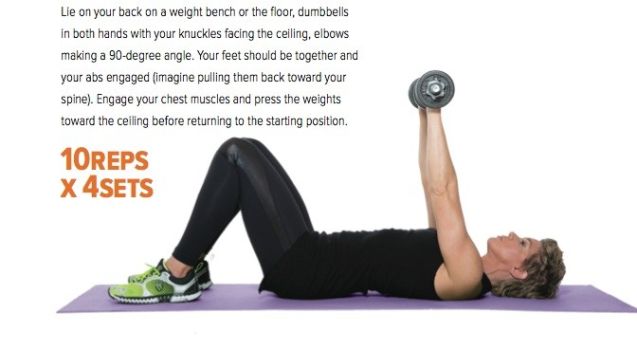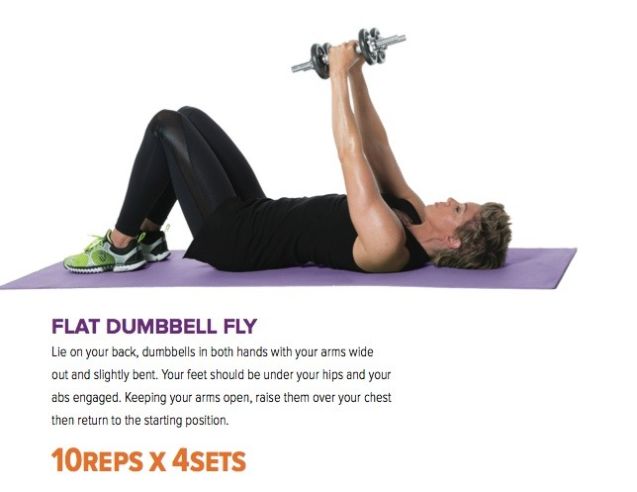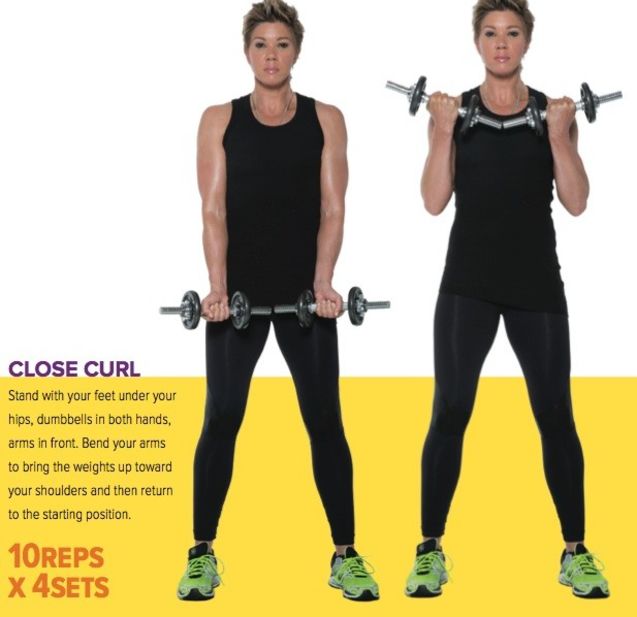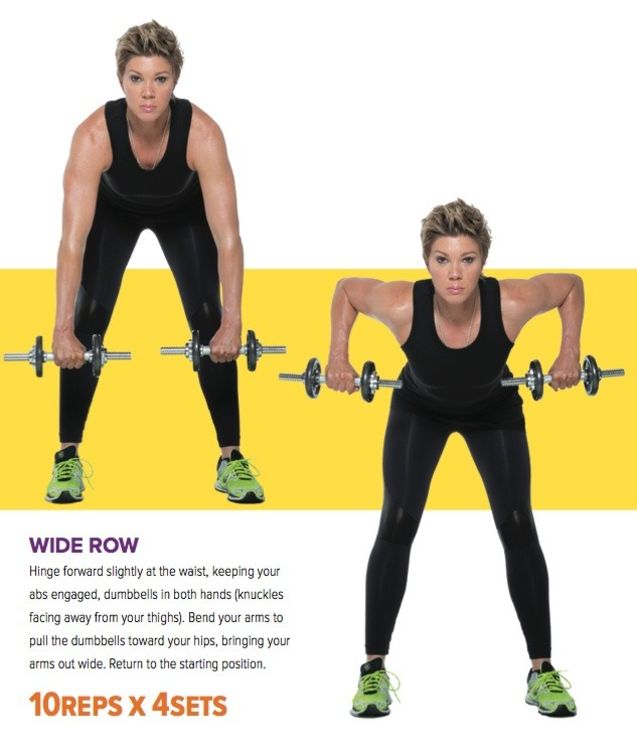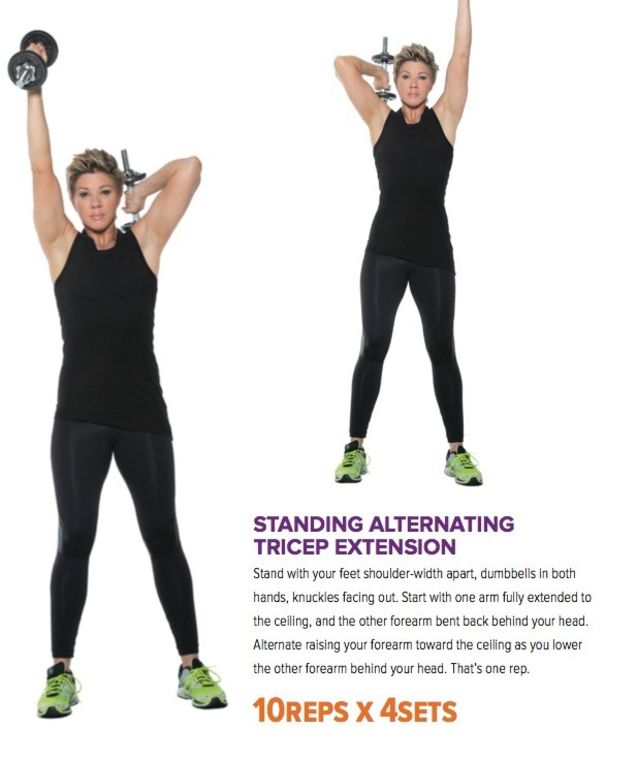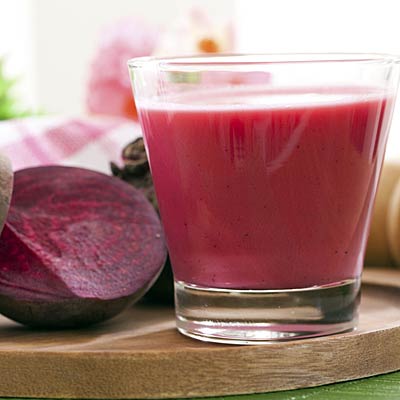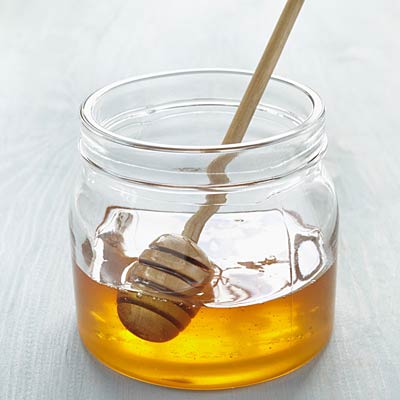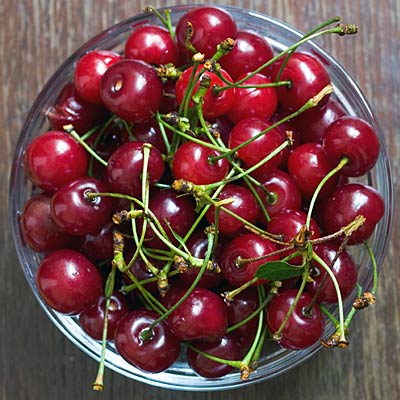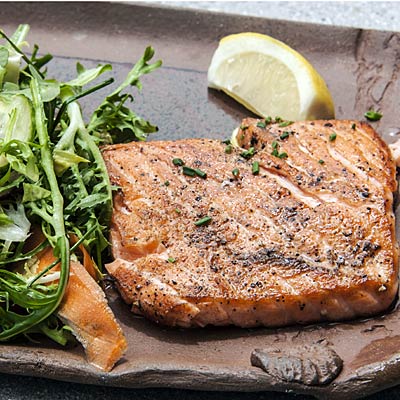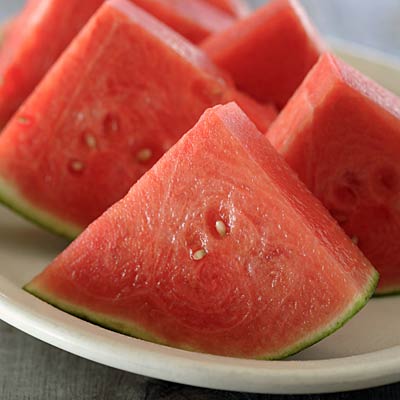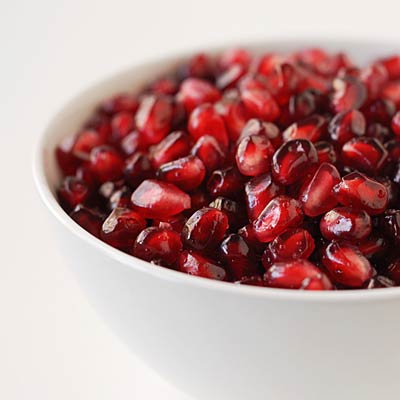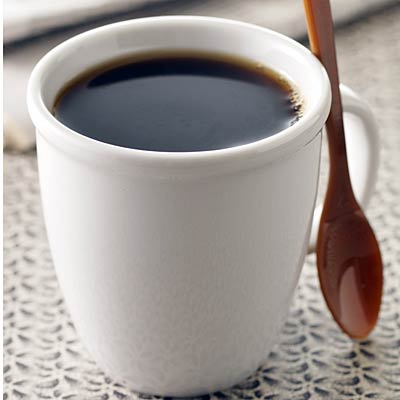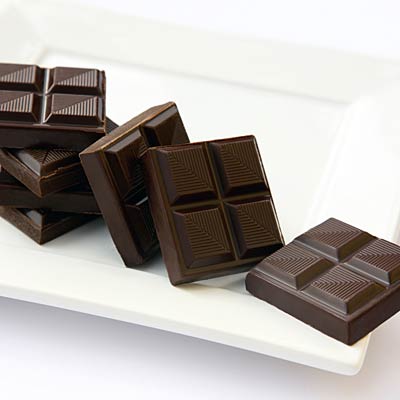Measurements - 43” x 6”
·
bernat® Pipsqueak yarn
Whitey White & Baby Blue
Pattern: 9 rows + boarder around
Ch 106 (Or chain any amount in
groups of 6+3 until you get the width you like)
Row 1: sc in 2nd ch from hook, *sk 2 ch, 5 dc in next
ch, sk 2 ch, sc in next ch, repeat from * across, ending with a sc. Ch 3, turn work
Away from body.
Row 2: 2dc in first st (same spot where you chained up 3), *sk 2 sts,
sc in next st (middle dc of group of 5 dc from prev. row), sk 2 sts, 5 dc in
next st (sc from prev. row), repeat from * across. Ending with 3 dc in last st,
change color in last st. ch 1 with new color, turn (See video for guidance)
Row 3: sc in first st, *sk 2 sts, 5 dc in next st, sk 2 sts, sc
in next st, repeat from *across. Ending with sc. Ch 3, turn
Rows 4-9: Repeat rows 2 and 3 for the rest of the pattern. Changing
color according to design.
Boarder around whole scarf to create
a wavy boarder all around the scarf

